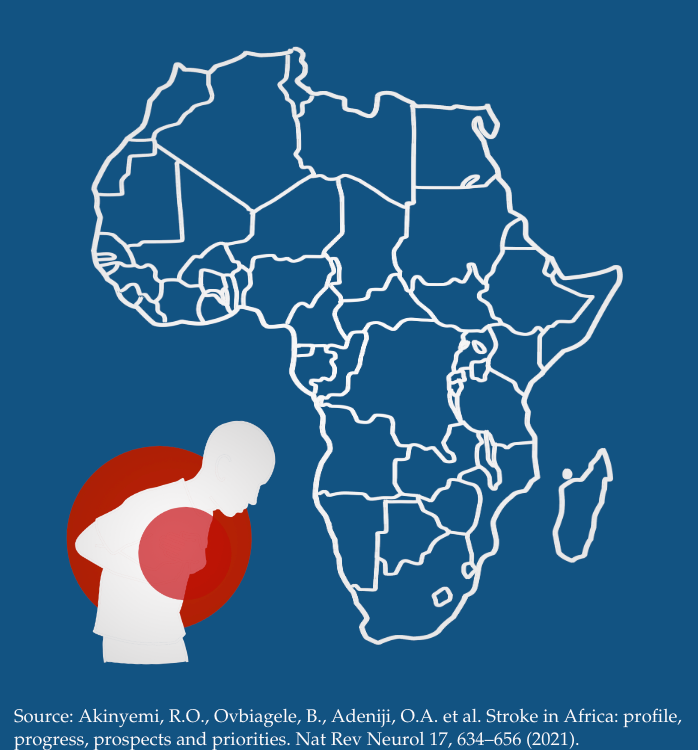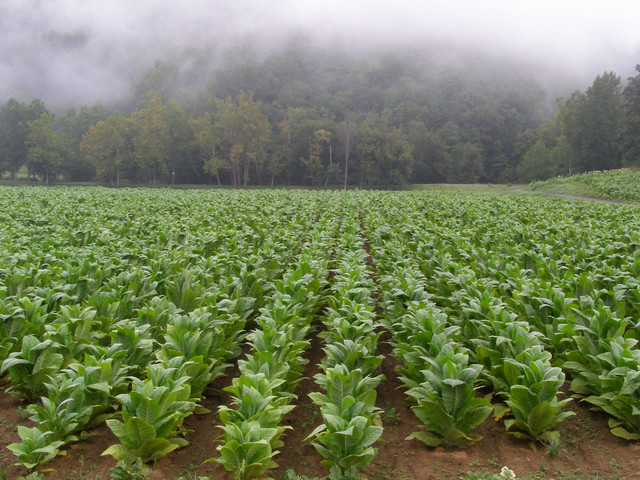Surviving a Zombie Apocalypse in Five Easy Steps
DG has been spearheading new work on disaster resilience in cities around the world. Specifically, we’ve been exploring how governments and citizens can plan against the worst-case scenarios to minimize disruptive impacts and to help communities bounce back quicker and better. Projects like our Cities Data Toolkit increase a city’s ability to be resilient by improving data-driven planning.
But what if we were to contextualize our work to DG’s home city, Washington, DC, and a timely problem many of us fear — especially close to Halloween — a zombie apocalypse?
Can you imagine no power, no running water, no way to exit your exceedingly zombie-infested city; what would be your plan to make yourself and your loved ones safe? How would you survive?
Zombie apocalypses should be treated no differently than any other “unknown” your city may face. In light of the suite of potential scary emergencies we may face in our lives – whether it’s a flood, earthquake, or a zombie shake-down – the first and most important thing to do is to stay calm. And have a plan.

Step 1. Create an emergency kit. And know where it is. Whether you keep it at home, in your office, or in the basement of your best friend’s house behind the 6-foot life-size cutout of Harry Potter you both took to a school dance back in the seventh grade, have a kit that you know contains all the essentials.
- A rechargeable flashlight.
- Cash. Yes; if the power goes out in a city, so do all the ATMs.
- A first aid kit. Those zombies can bite!
- Water. Food. Preferably at least 3 days’ worth. And definitely not perishable.
- Important medications.
- A radio.
- Batteries.
- The phone numbers of people who do not live in your city who you can contact for help. Because we all know, whether we admit to it or not, we stopped memorizing everyone’s phone numbers after the first Nokia block phone appeared on the market.
Step 2. Create an emergency plan with your loved ones. Designate a meeting point that everyone knows (e.g. do not forget to tell your middle child where the meeting point is because you assume either the oldest or youngest child will tell them).
Step 3. Check your phone. A zombie apocalypse would be an example of a time when it is not a good idea to be one with nature and disconnect. Stay connected as your government will contact you, as long as they are able to, with information on the situation.
“But what if I am unable to connect with anyone in my city?” More often than not in an emergency situation, it is easier to call an out of state number.
“But what if I unable to connect with anyone?!” If phone lines and cell towers are down, check the streets for police officers / emergency responders who will be relaying information in-person.
Step 4. Know your evacuation route. The city of DC has 19 designated emergency routes that all radiate out to the 495 Beltway. If at the very least you do not know where you need to go, just know that you need to end up on the 495 Beltway if you need to get out.
Step 5. But most importantly, do not always assume you need to always evacuate. Depending on the emergency, evacuation may not be the right option. Infinity loop back up to #3.
Emergencies are scary. As are zombies. But with the right tools and information, feeling and being prepared is the first line of defense in ensuring your survival.
Image: HSEMA
Share This Post
Related from our library

Demystifying interoperability: Key takeaways from our new white paper
This blog post gives an overview on our latest paper on interoperability, implementing interoperable solutions in partnership with public administrations. Based on over 20 years of DG’s experience, the paper demystifies key components needed to build robust, resilient, and interoperable data systems, focusing on the “how” of data standardization, data governance, and implementing technical infrastructure.

More Smoke, More Stroke
In honor of this year’s World Stroke Day, observed annually on October 29th, this piece aims to raise awareness of the substantial burden of non-communicable diseases–particularly stroke incidents–using the case study of Nigeria, one of the main tobacco production hubs on the continent, in addition to Kenya.

Healthy Farming, Healthy Planet: The Environmental Case Against Tobacco Farming
While all agriculture has an environmental impact, tobacco is unique in that every stage of the tobacco lifecycle–from the production and consumption of tobacco to farming and disposal of the final product–wreaks havoc on the environment. In this piece, we’ll introduce the lifecycle of producing and using tobacco and explore the requisite environmental impact.